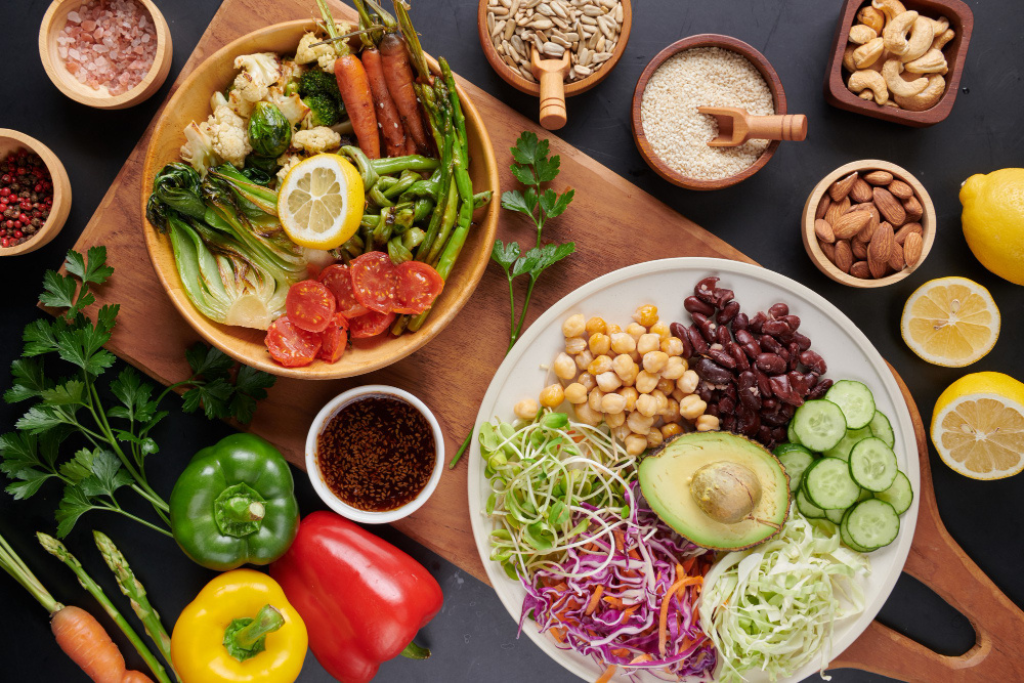Minding your food when you have diabetes
Home » Minding your food when you have diabetes

There are various forms of diabetes, and no two diabetics are the same. As a result, there is no one-size-fits-all "diabetic diet" for everyone with diabetes. However, there are some common measures you can ensure to stick on to if you are suffering from diabetes.
These general healthy eating guidelines can help you control your blood glucose (sugar), blood pressure, and cholesterol levels. They can also assist you in managing your weight and lowering your risk of diabetic complications such as heart issues and strokes, as well as other health conditions such as certain types of cancer.
Eating right
Crab counting is critical when you have Type 1 diabetes. This means you compare the number of carbs you take to the amount of insulin you take for your body. If you have type 2 diabetes and are overweight, finding a means to lose weight is critical since it improves diabetes management. This is due to the fact that it can assist lower your blood glucose and lower your risk of various issues. There are other approaches to this, such as the low-carb, Mediterranean, or very low-calorie diets. Losing weight can help you lower your blood glucose levels, and we now know that significant weight loss can even put type 2 diabetes into remission in some people.
Switch to healthier carbs
Because all carbohydrates affect blood glucose levels, it's critical to understand which foods include carbohydrates. Choose healthier carb-containing foods and watch your portion sizes.
Here are some carbohydrate-rich foods:
● Fruits and vegetables pulses such as chickpeas, beans, and lentils whole grains such as brown rice, buckwheat, and whole oats
● Dairy products such as unsweetened yoghurt and milk
● Simultaneously, low-fiber meals such as white bread, white rice, and highly processed cereals should be avoided. If you're unsure, read food labels when looking for high-fiber foods.
Consume less salt
Eating a lot of salt can raise your blood pressure, which raises your risk of heart disease and stroke. And if you have diabetes, you are already predisposed to all of these diseases. Limit yourself to no more than 6g (one teaspoonful) of salt each day. Many pre-packaged goods already include salt, so study food labels and choose ones with less salt. Cooking from scratch allows you to keep track of how much salt you consume. You may also be creative and substitute different types of herbs and spices for salt to add flavor.
Consume more fruits and vegetables.
We all know that eating fruits and vegetables is excellent for you. Aim to eat more at meal times and have them as snacks if you're hungry. This can help you acquire the vitamins, minerals, and fibre your body requires on a daily basis to stay healthy.
You may be wondering about fruit and whether you should avoid it because it is high in sugar. No, it does not. Whole fruit is excellent for everyone, and diabetics are no exception. Fruits do contain sugar, however it is naturally occurring sugar. This is distinct from the added sugar (also known as free sugars) found in chocolate, cookies, and cakes.
Physical activity goes hand in hand with eating healthily. It can help you control your diabetes while also lowering your risk of heart disease. This is because it raises the amount of glucose consumed by your muscles and aids the body's usage of insulin.

